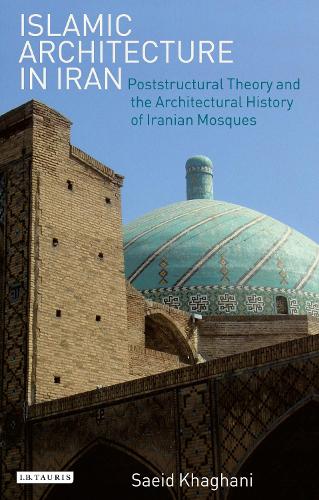
Islamic Architecture in Iran: Poststructural Theory and the Architectural History of Iranian Mosques
(Paperback)
Available Formats
Publishing Details
Islamic Architecture in Iran: Poststructural Theory and the Architectural History of Iranian Mosques
By (Author) Saeid Khaghani
Bloomsbury Publishing PLC
I.B. Tauris
1st October 2017
United Kingdom
Classifications
General
Non Fiction
Social groups: religious groups and communities
726.209550902
Physical Properties
Paperback
264
Width 138mm, Height 216mm
354g
Description
The architecture of the Islamic world is predominantly considered in terms of a dual division between 'tradition' and 'modernity' - a division which, Saeid Khaghani here argues, has shaped and limited the narrative applied to this architecture. Khaghani introduces and reconsiders the mosques of eighth- to fifteenth-century Iran in terms of poststructural theory and developments in historiography in order to develop a brand new dialectical framework. Using the examples of mosques such as the Friday Mosques in Isfahan and Yazd as well as the Imam mosque in Isfahan, Khaghani presents a new way of thinking about and discussing Islamic architecture, making this valuable reading for all interested in the study of the art, architecture and material culture of the Islamic world.
Author Bio
Saeid Khaghani is Visiting Assistant Professor of Persian Architectural History and Theory at the University of Tehran, Iran. He holds a PhD in Art History and Visual Studies from the University of Manchester.
